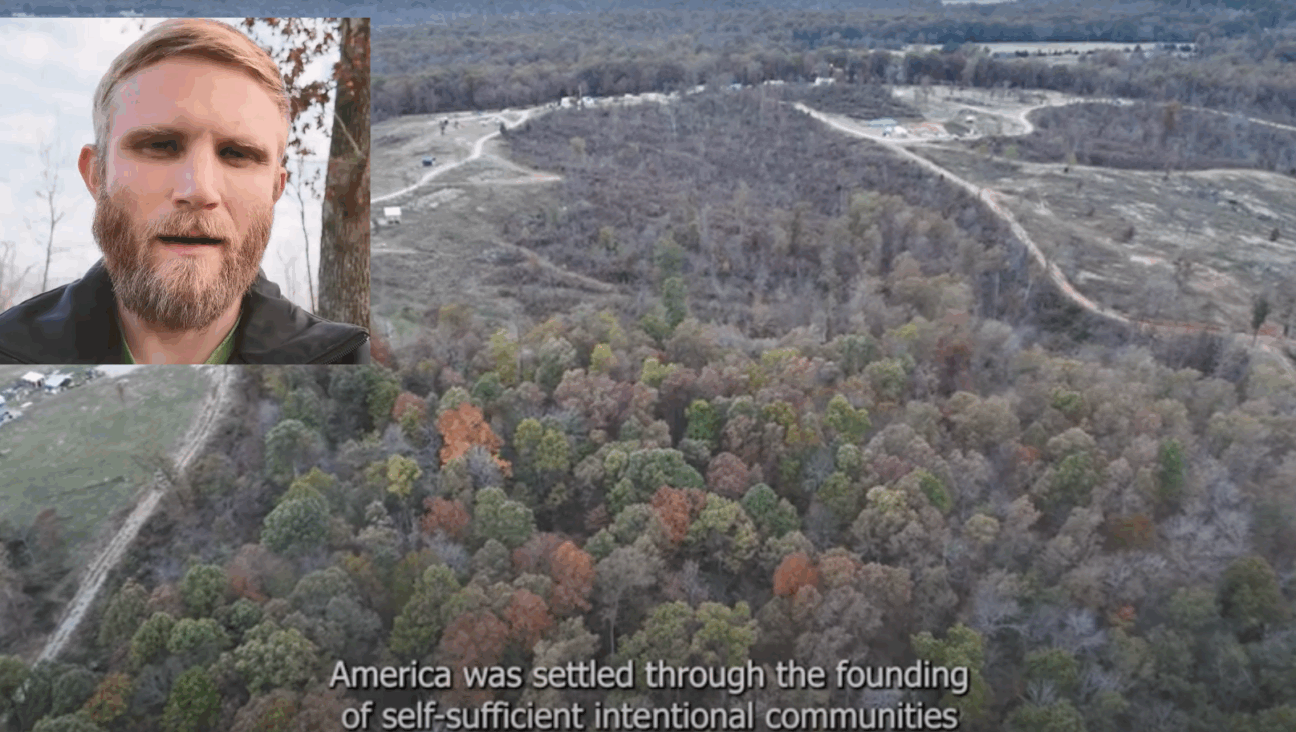Is Trump’s proposal for the U.S. to take over Gaza really as ludicrous as it sounds?
Even with all the good faith in the world, it’s impossible to imagine how this could work — or who would benefit

President Donald Trump speaks during a press conference with Israel’s Prime Minister Benjamin Netanyahu in the East Room of the White House on Feb. 4. Photo by Andrew Caballero-Reynolds / AFP / Getty Images
President Donald Trump’s suggestion Tuesday that the United States should take over management of Gaza — as he doubled down on recommending the strip’s population be relocated to other Arab countries — was a breathtaking and puzzling proposal.
Trump’s ideas, however fantastical, would reshuffle the deck completely. How exactly he might intend for the U.S. to take over management of the territory, and rebuild it “magnificently,” is unclear. Even more unclear: Who, exactly, would benefit from this dubiously thought out plan?
Clearly not Hamas, which might be one reason Israeli Prime Minister Benjamin Netanyahu, who was in Washington, D.C., today to meet with Trump, would get on board: The direct involvement of the U.S. in Gaza would severely complicate the terrorist group’s hold on power there. But does Trump really want, say, U.S. marines to be fighting Hamas? Hardly likely; he may be banking on other Arab countries getting involved and pressuring Hamas to stand aside, and perhaps accept exile.
And clearly not those Palestinian civilians who prefer staying in their home. “The Gaza thing has never worked,” Trump said in a Tuesday press conference. “If we could find the right piece of land, pieces of land, and build them some really nice places … That would be a lot better than going back.” Trump called Gaza “a demolition site” and offered to build “a beautiful area … with peace and harmony” while Palestinians relocated to “other countries with humanitarian hearts.”
He added: “You have to learn from history. You can’t keep doing the same mistake over and over again. Gaza is a hellhole.” (“Our homeland is our homeland, if part of it is destroyed, the Gaza Strip, the Palestinian people selected the choice to return to it,” said the Palestinians’ envoy to the UN, Riyad Mansour.)
Maybe Netanyahu would benefit, along with the Israeli far right that has been threatening to bring down his coalition. A U.S. takeover in Gaza — however it might be executed —might let Netanyahu avert some of the most painful domestic consequences of continuing the war should the current ceasefire fail — like the increasing toll of protracted stints for reservists — while still working toward his aim of dislodging Hamas from the strip.
So, let’s set aside, for the moment, the gigantic question of whether these ideas are even remotely practicable, and ask: Is Trump’s proposal a clever and practical masterstroke? Or is it a dangerously provocative complication that encourages far-right fantasies about the Palestinians disappearing from the Holy Land?
Netanyahu described it as “out of the box … the kind of thinking that will reshape the Middle East and bring peace.” But the Arab nations Trump would need as partners to engineer a U.S. takeover in Gaza and mass resettlement of the strip’s population, including Egypt and Jordan, have flatly rejected the latter idea.
Trump is not entirely wrong in saying that Gaza is unlivable. Even before the current war, conditions in the strip were dire. Under Hamas rule, the population has been impoverished. Now, after over a year of Israeli bombardment, the destruction in the tiny strip of land is staggering. By some estimates — not only Trump’s — the majority of Gaza’s buildings have been badly damaged. The idea of rebuilding from scratch, especially with Hamas still in control, seems nearly impossible .
But forcing Palestinians out of Gaza would be an act of ethnic cleansing, and a war crime under international law. No Arab country would cooperate, and the international backlash would be severe.
And, as Riyad Mansour expressed, people have deep emotional ties to their homes; the cost of ripping Palestinians from Gaza would echo through their people for generations. Proof of that fact can be seen in how the memory of the 1948-49 war, which displaced between 600,000 and 700,000 Palestinians and is known by them as the “Naqba,” or “catastrophe,” has shaped Palestinian identity ever since.
Plus, the move would likely only heighten the world’s sympathy for Palestinians, which has peaked with the war and led to increasing international isolation for Israel. More than six million Palestinians today, including most of Gaza’s population, are already considered refugees. The very suggestion of another mass exodus would exacerbate the long-standing narrative of Palestinian displacement and statelessness.
Long-term, being seen as the country that dispossessed Palestinians twice could reasonably be expected to put Israel in even greater legal and diplomatic peril than it has experienced during the war.
So Trump’s proposal for mass exodus presents an uncomfortable paradox. Well-intended advocates for the Palestinian cause might find themselves arguing to keep civilians trapped in a devastated enclave. Having worked as a journalist in the region and having supervised AP’s Gaza bureau for years, I know firsthand that many civilians in Gaza have long wished to leave. Some have succeeded, to their delight, but for most, the longstanding Israeli and Egyptian blockade and political barriers made it impossible.
And even if Trump were somehow, miraculously, able to create circumstances in which he could plausibly claim that resettlement would be truly voluntary, indirect coercion is a real concern. Economic hardship and desperation could unjustly push people to leave, even without formal expulsion.
Additionally, would those who depart be allowed to return? Without rock-solid guarantees of a right to return, any so-called voluntary relocation could easily become a de facto permanent expulsion.
What Trump’s proposal does concretely reflect is that there are no good next moves for Gaza, not least because Israel is practically unlikely to tolerate for long the status quo established by the ceasefire.
The idea of returning to the pre-Oct. 7 situation — in which Hamas ruled over 2.2 million people, indoctrinating them with extremism, launching rockets at Israel, and profiting off international aid — feels intolerable to many in Israel. The scale and brutality of that attack left even many moderate Israelis — who have historically supported a two-state solution — with a sense that the Palestinians collectively must face consequences. That sentiment has fueled harsher public attitudes, and helped solidify right-wing narratives that advocate for a hardline response.
But that doesn’t mean that Trump’s proposal is any better than the poor ones already out there. The truth is that permanently displacing a significant number of Palestinians from Gaza — or any part of Palestinian territory — would almost certainly create more problems than it solves. One possible way in which the idea might not totally be a dead letter would be if the relocation on offer was to the West Bank — which would still, to many people, count as not leaving Palestine.
Either way, while Gaza’s current reality is dire, the answer cannot be another forced exodus. The idea is not only unrealistic, but also dangerously destabilizing.

















